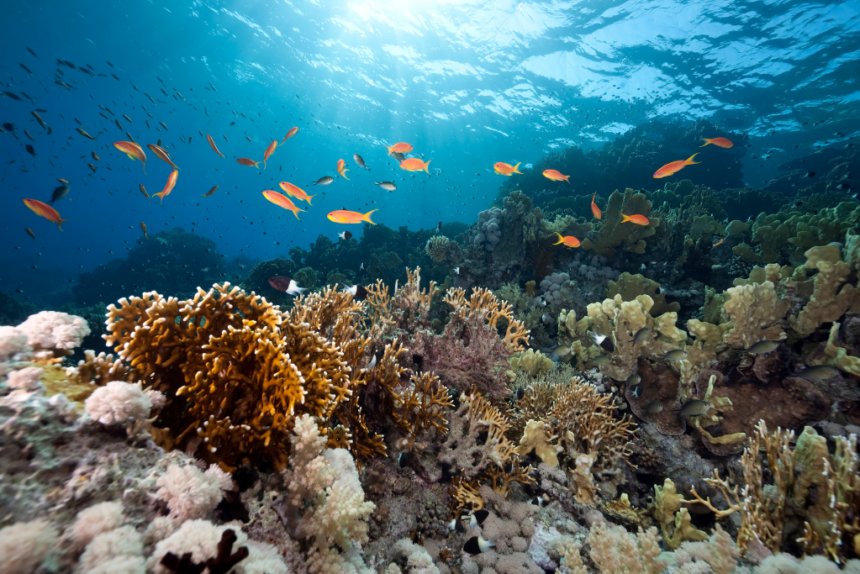From space, Gaia stands out as a blue world. Its oceans, which cover more than 70% of its surface, are the most defining feature of this planet. Although there are other worlds in the galaxy with water on their surfaces or underground, few harbour the diversity and richness of life found in Gaia’s seas. The oceans are not only crucial to the survival of this world, but also to its unique character.
The oceans are not only the blue heart of Gaia, but also her soul, a reflection of life in its purest and most diverse form.
Oceans as a source of life
Gaia’s oceans are more than vast expanses of salt water; they are the cradle and sustenance of life on the planet. The first life forms are believed to have arisen in the oceans more than 3.5 billion years ago, evolving from microscopic organisms to the complex creatures that inhabit their depths today.
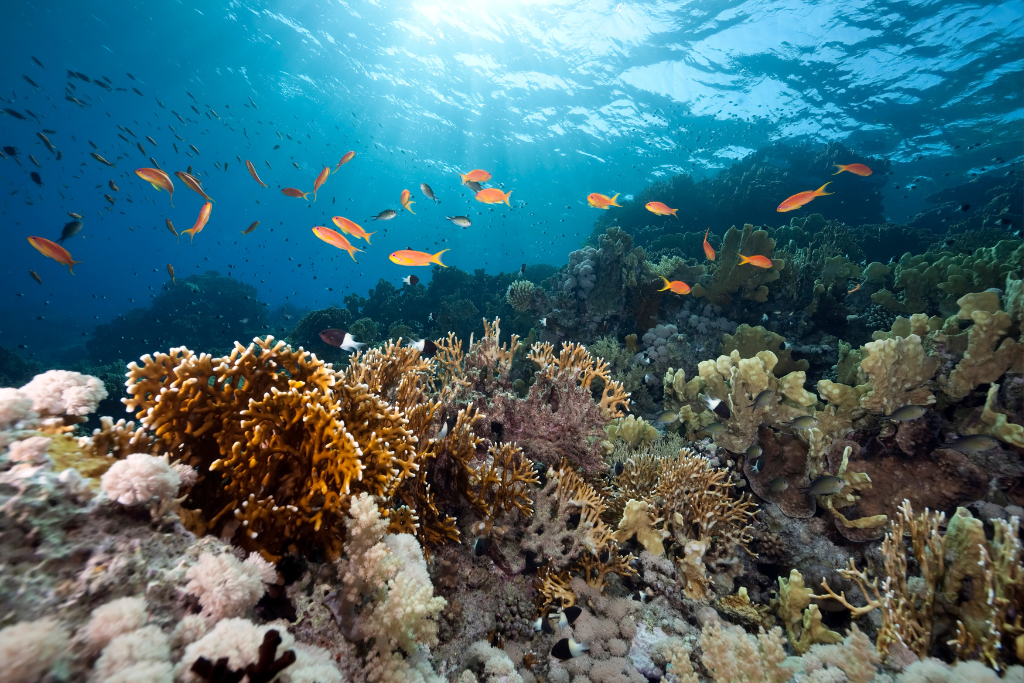
Marine biodiversity
- Rich and varied ecosystems:
- From coral reefs in tropical waters to abyssal trenches, the oceans are home to millions of species, many as yet unknown to Gaians themselves.
- Incomparable Biodiversity:
- While there are worlds with liquid or icy oceans, none known to exist with such astounding biological diversity as Gaia.
Key microorganisms
- The oceans are home to phytoplankton, microscopic organisms that produce more than 50% of the planet’s oxygen and form the basis of the marine food chain.
The ecological importance of the oceans
The oceans play a crucial role in Gaia’s ecological balance, influencing climate, atmosphere and resource availability.
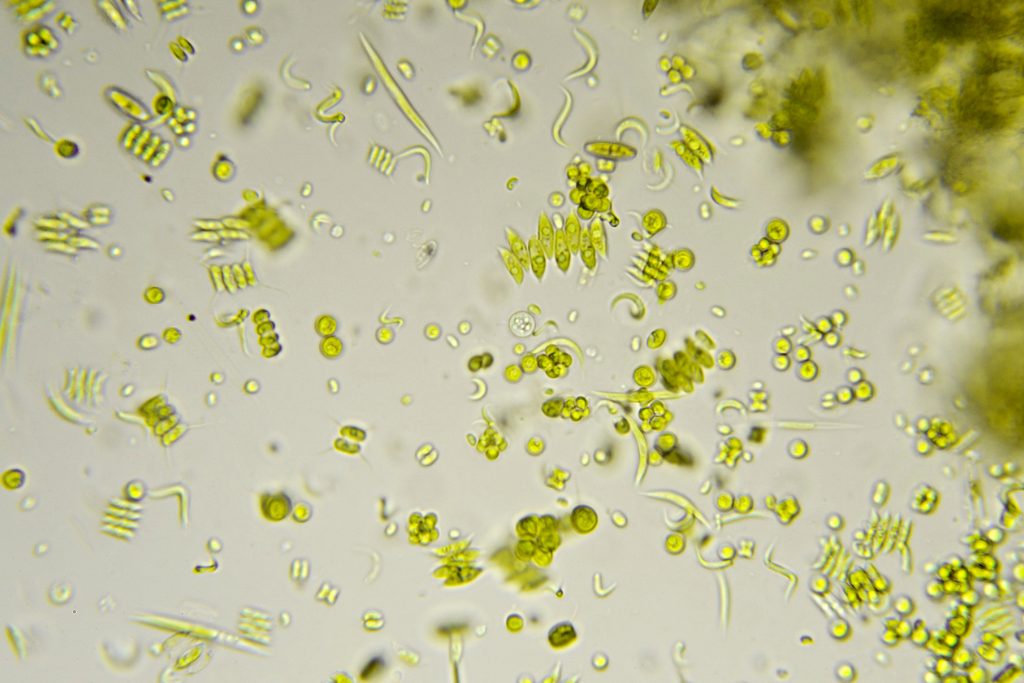
- Climate control:
- Oceans absorb large amounts of carbon dioxide and heat, acting as a buffer against climate change
- Water cycle:
- Evaporation from the oceans fuels the hydrological cycle, providing fresh water essential for life on Earth.
Impact on humanity
- The oceans are a vital source of food, mineral resources and transportation for humans. Without them, Gaia’s civilisations would not have prospered as they have
Underwater Wonders and Mysteries
Gaia’s oceans hide wonders that continue to fascinate Gaians and, no doubt, any intergalactic visitor.
- Coral reefs:
- “Ocean rainforests” are some of the most diverse ecosystems on the planet, but also the most threatened by climate change
- Abyssal pits:
- Zones such as the Mariana Trench reach extreme depths, harbouring organisms adapted to conditions unimaginable to other life forms.
- Flagship species:
- From blue whales, the largest creatures that ever lived, to bioluminescent jellyfish, Gaia’s oceans are a spectacle of shapes and colours
Challenges and Threats to the Oceans
Despite their vastness and resilience, Gaia’s oceans face significant threats from human activities.
Gaia’s oceans face significant threats from human activities
- Contamination:
- Millions of tons of plastics, chemicals and other debris end up in the oceans every year, affecting marine life and coastal ecosystems.
- Global Warming:
- Rising temperatures are causing ocean acidification and mass bleaching of coral reefs
- Overfishing:
- Many species are on the brink of extinction due to unsustainable fishing
Recommendations for the exogaian visitor
Cautions
- While the oceans are a spectacle worth exploring, their vastness and complexity can be dangerous. Ocean currents, temperature extremes and some predatory species are potential hazards for those who are not adapted.
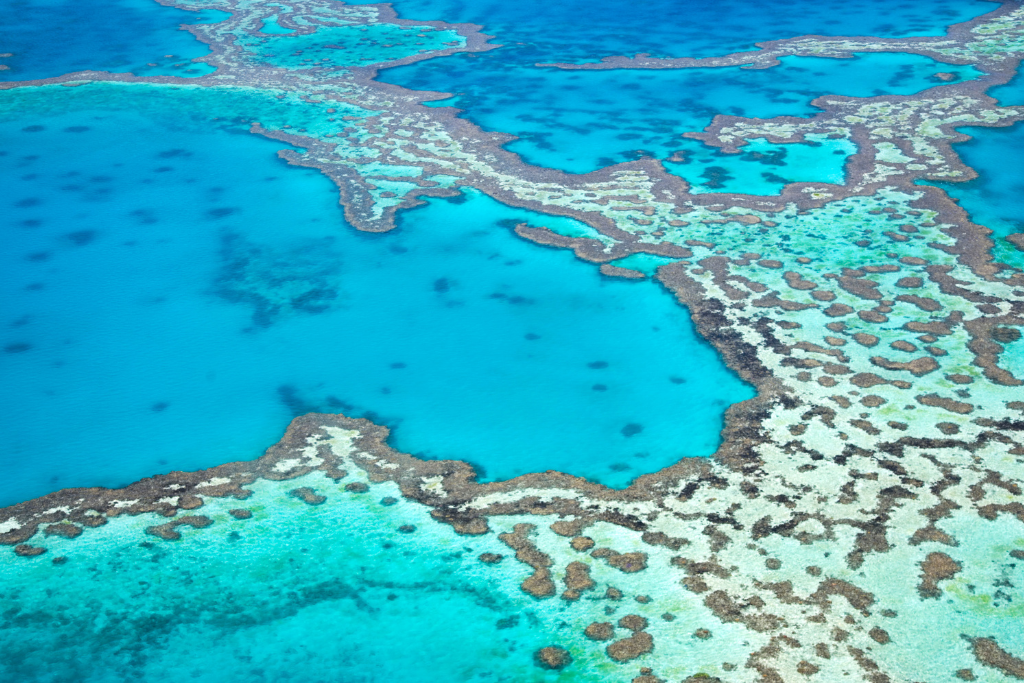
Must-see places to visit
- The Great Barrier Reef (Australia):
- The world’s largest reef system, visible even from orbit
- Suggested link: Discover the Great Barrier Reef.
- The Dead Sea (West Asia):
- Although it is technically a lake, its high salinity and healing properties make it a unique phenomenon.
- The Galapagos Islands (Ecuador):
- Famous for its marine and terrestrial biodiversity, which inspired Charles Darwin’s theories of evolution.
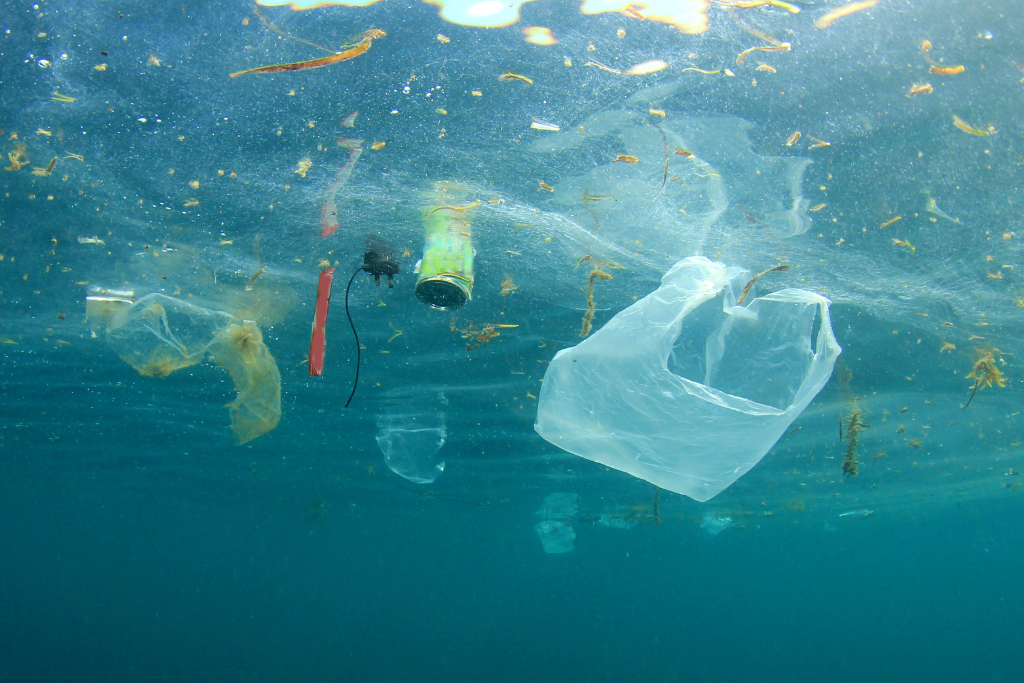
Conclusion: Oceans as Gaia’s soul
The oceans are not only the blue heart of Gaia, but also her soul, a reflection of life in its purest and most diverse form. Their vastness and biological richness are a reminder of the extraordinary creativity of nature on this planet.
For any visitor from other worlds, exploring Gaia’s oceans is not only a visual experience, but also a lesson in the interdependence of life. Just remember that, like the Gaians themselves, visitors must take responsibility for protecting these waters, respecting their beauty and contributing to their conservation.


